MINNEAPOLIS — They called him "Dapper Dan."
At first glance, Danny Hogan, 48, might have seemed like a well-dressed and gregarious bar owner, proprietor of the Green Lantern Saloon in downtown St. Paul.
ADVERTISEMENT
In reality, Hogan was a mob boss, the linchpin of the Twin Cities criminal underworld in 1928, and something of a beloved one — at least for the time.
Headquartered at his bar, Hogan schmoozed gangsters and cops, serving as something of a go-between, a peacemaker, a man who kept the city's engine of crime and corruption well-lubricated.
The "recognized arbiter and dictator of the underworld," the Albert Lea Tribune
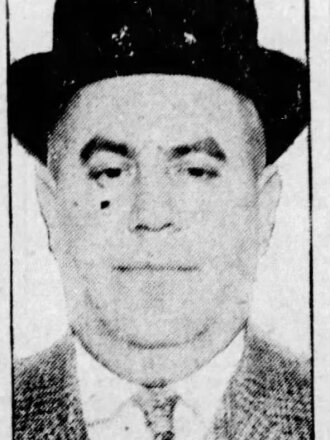
That all ended on Dec. 4, 1928. He stepped on the starter switch of his new Paige coupe. The car, and Hogan, exploded into a ball of fire.
He was able to talk before his wounds killed him, including providing his wife a lead on a large nest-egg of cash, a stash whose whereabouts would eventually point the finger at his likely killer.
He was arguably the first Minnesota gangland boss to die by car bomb. His murder would never be formally solved.
"He was the idol of not a few persons and his word was said to have been 'as good as a gold bond,'" memorializing talk around St. Paul on the day Hogan was killed. "To a number of person he was something of a Robin Hood. There will be some fewer turkey dinners in St. Paul this Christmas as a result of his death."
ADVERTISEMENT
The Green Lantern
Everybody knew about the Green Lantern Saloon. The bar/restaurant was located in a long one-story brick building in downtown St. Paul.
An apartment building at the site. But in 1928, it was Hogan's legendary criminal hangout.
taken a few years later by the St. Paul Police as part of a murder investigation show a low-ceiling bar, with dirty floors and three booths with wooden dividers. A menu above the bar trumpets spaghetti and pork shop sandwiches to order.
The infamous O'Connor Layover Agreement — a mutual safety deal between St. Paul Police and organized crime — had inevitably turned the city into a haven for criminals of all types, especially as Chicago and other towns in the East were increasingly becoming too "hot" for gangsters.
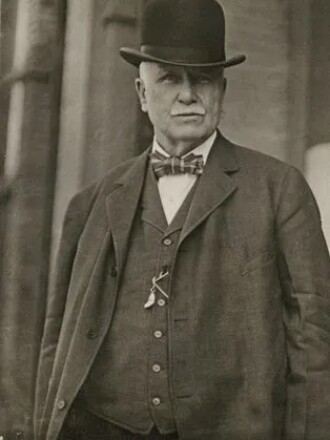
The deal was good as long as the racketeers kept their criminal activity outside St. Paul.
Hogan was a crucial part of the Agreement's larger goal. Police knew he had frequently given crooks money to get out of town and stay there.
"'Dapper Dan' was known...as a man who had the power to settle feudal wars and 'keep the heat out of town,' wrote "He is known to have told criminals, on many occasions, that they could stay in St. Paul as long as they behaved and started no 'racket.'"
ADVERTISEMENT
The murder
Hogan was maybe a little late for work. He finished breakfast at his modest home at , then at about 11:30 a.m. left and entered the garage behind his house and got behind the wheel of his car.
Tucked underneath the car's floorboards was a bomb — . When it exploded, it shattered the car's windows, tore off its hood, nearly sheared off Hogan's right leg, tore off a ring finger and drove him head first through the roof.
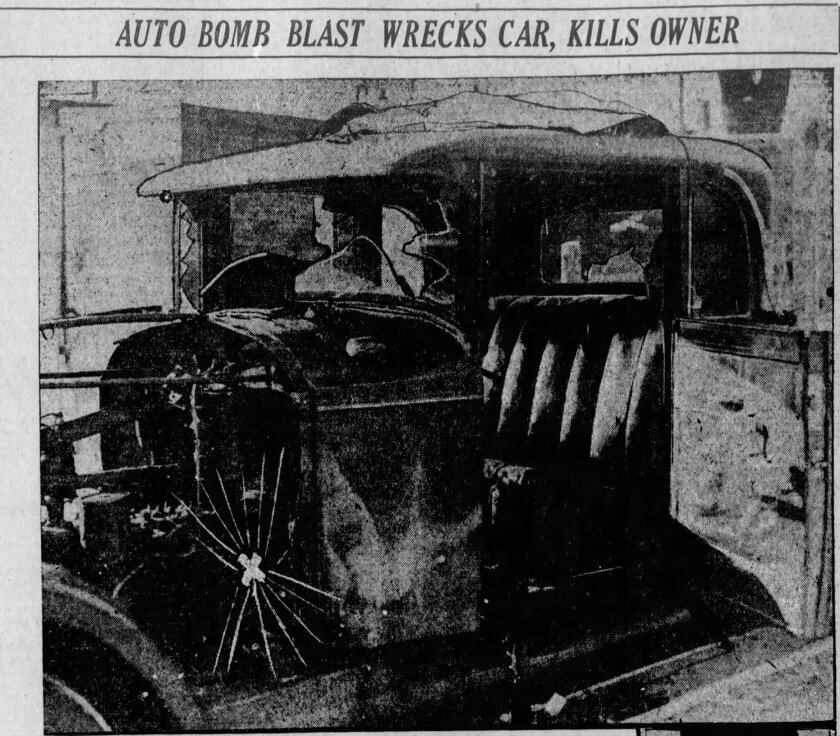
Hogan was rushed to the hospital, where he told Edward Diehl, the assistant Ramsay County attorney, he didn't know what exactly happened, or why.
"I don't know who could have done it," "I didn't know I had an enemy in the world."
People from all walks of life — "racketeers, police characters and business men" — showed up at the hospital offering blood transfusions to help save Hogan's life. Still, he died just before 9 p.m.
The funeral was sumptuous. visited the O'Halloran & Murphy funeral home to pay their respects. The flower-bedecked cortege stretched for a mile, filled with "limousines, second hand roadsters, orchids and tiny bouquets, millionaires and hoboes,"
The killer?
Before closing his eyes for the last time, Hogan had told his wife, Leila, about a safe-deposit box holding $50,000 in cash (about $929,000 in 2025 dollars). After her husband's funeral, she went to retrieve the nest egg, but found the safe-deposit box empty.
ADVERTISEMENT
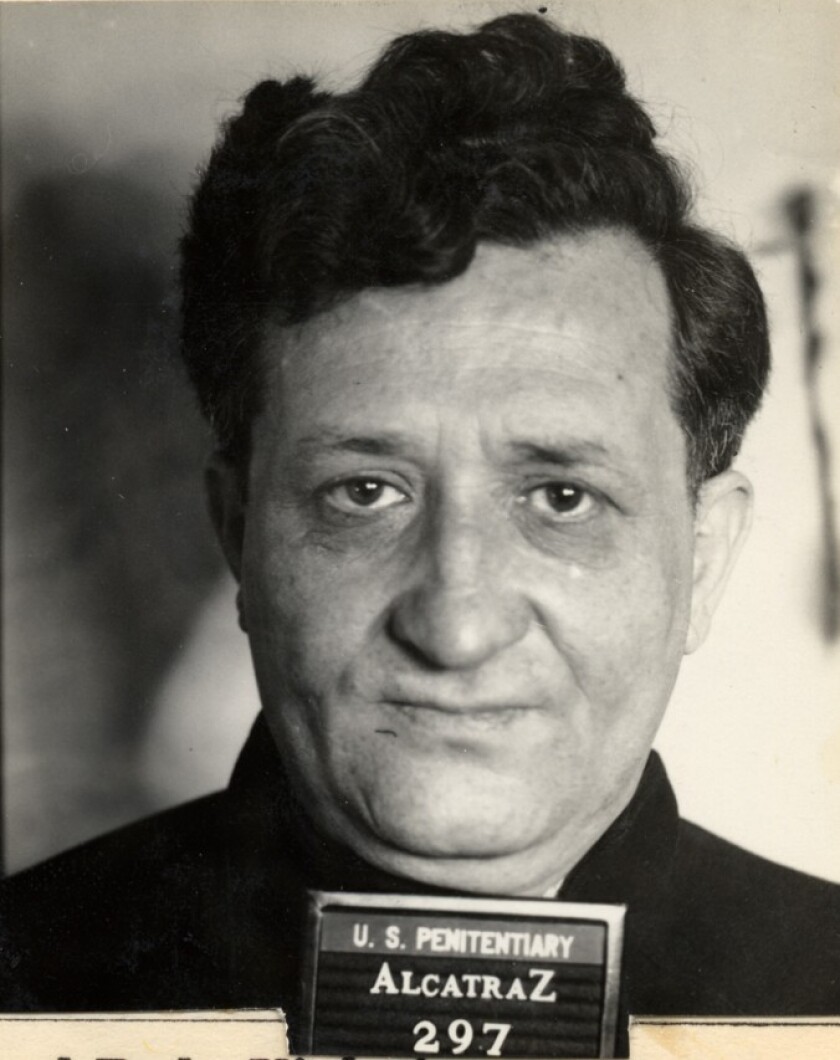
There was only one other person who knew the money was kept there: Hogan's right-hand man, Harry Sawyer, said Paul Maccabee, author of in a 2018 interview with the Minneapolis Star-Tribune.
"You ask, 'Who benefits? Who has the means, motive and opportunity?' And everyone who's reviewed the facts points absolutely and resoundingly at Harry Sawyer," Maccabee said.
Sawyer replaced Hogan's as the underworld boss of St. Paul (he would eventually end up in Leavenworth and prisons). But Hogan's murder had shredded the patina of respectability the Layover Agreement had attempted to maintain.
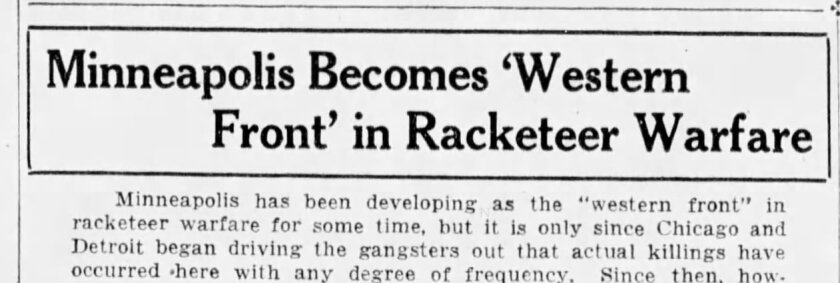
While nobody was ever charged with Hogan's murder, his grisly end heralded for organized crime in the Twin Cities. The Hogan murder showed its streets could be just as deadly as those in Chicago, :
"The brutally cruel death... is but one of the many instances that go to show that the financial rewards of racketeering are proportional to the chances of the racketeer being murdered by bomb, machine gun or revolver."
Note on sources: This article relies on contemporaneous news coverage from the Rochester Post Bulletin, the Albert Lea Tribune, the Austin Daily Herald, the Duluth News Tribune, the Minneapolis Journal, Minneapolis Star and the Minneapolis Tribune, all accessed via









